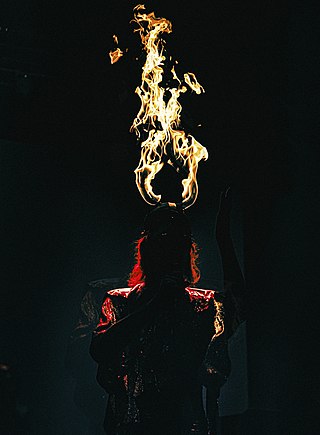
Arthur Wilton Brown is an English singer and songwriter best known for his flamboyant and theatrical performances, eclectic work and his powerful, wide-ranging operatic voice, in particular his high pitched banshee screams. He is also notable for his unique stage persona, featuring extreme facepaint and a burning helmet.
Popular music of the United Kingdom in the 1970s built upon the new forms of music developed from blues rock towards the end of the 1960s, including folk rock and psychedelic rock movements. Several important and influential subgenres were created in Britain in this period, by pursuing the limitations of rock music, including British folk rock and glam rock, a process that reached its apogee in the development of progressive rock and one of the most enduring subgenres in heavy metal music. Britain also began to be increasingly influenced by third world music, including Jamaican and Indian music, resulting in new music scenes and subgenres. In the middle years of the decade the influence of the pub rock and American punk rock movements led to the British intensification of punk, which swept away much of the existing landscape of popular music, replacing it with much more diverse new wave and post punk bands who mixed different forms of music and influences to dominate rock and pop music into the 1980s.
Frehley's Comet was an American rock band formed and led by ex-Kiss lead guitarist Ace Frehley. The group released two studio albums and one live EP before Frehley left the band to release his 1989 solo album, Trouble Walkin'.

Goanna is an Australian rock band which formed in 1977 in Geelong as The Goanna Band with mainstay Shane Howard as singer-songwriter and guitarist. The group integrated social protest with popular music and reached the Top 20 on the Australian Kent Music Report Singles Chart with "Solid Rock" (1982) and "Let the Franklin Flow". Their debut album, Spirit of Place, peaked at No. 2 on the related albums chart. They disbanded in 1987 and briefly reformed in 1998.
Kingdom Come were a British rock band fronted by Arthur Brown. The band was recognized for Brown's theatrical and operatic singing, and a sound that drew from psychedelic and progressive rock. This combination made the band a hit on Britain's festival circuit, but lack of record sales, indifference from music critics, and poor record label promotion led to its eventual demise in 1974.
Essendon Airport is an Australian electronic music, post-punk group formed in 1978 which explored experimental minimalist and funk music. Founding mainstays were the duo of David Chesworth on electric piano and drum machine and Robert Goodge on guitar. They were joined in late 1980 by Ian Cox on saxophone and Paul Fletcher on drums.

Ha!-Ha!-Ha! is the second album by British pop group Ultravox, at that time known as "Ultravox!", with an exclamation mark, as a nod to Neu!. Although the group would later achieve fame and commercial success with lead singer Midge Ure the band was, in 1977, led by singer/songwriter John Foxx who was accompanied by guitarist Stevie Shears, drummer Warren Cann, bassist Chris Cross and keyboard/violist Billy Currie.
"Boulevard of Broken Songs" is a popular mash-up mixed by American DJ and producer Party Ben in late 2004. The mix consists of elements from American rock band Green Day's "Boulevard of Broken Dreams", English rock band Oasis's "Wonderwall", Scottish soft rock band Travis's "Writing to Reach You", and American rapper Eminem's "Sing for the Moment", which itself samples American hard rock band Aerosmith's "Dream On". "Sing for the Moment" was used solely because Party Ben did not have "Dream On" on hand and was on deadline for his Sixx Mixx radio show. Later versions used Aerosmith's original.

Sir Army Suit is the third album recorded by the Canadian rock band Klaatu.
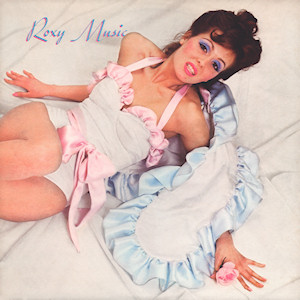
Roxy Music is the debut studio album by English rock band Roxy Music, released on 16 June 1972 by Island Records.
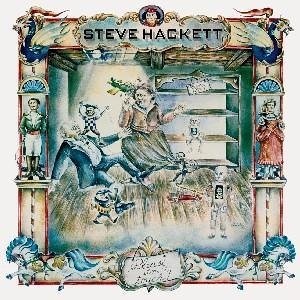
Please Don't Touch! is the second studio album by English guitarist and songwriter Steve Hackett. It was released in April 1978 on Charisma Records, and it is his first album released after leaving the progressive rock band Genesis in 1977. Hackett had released Voyage of the Acolyte (1975) during his time in Genesis. For his next solo release he recorded in the United States and hired various guest artists, including singers Randy Crawford, Richie Havens, and Steve Walsh, drummers Phil Ehart and Chester Thompson, bassist Tom Fowler, with Van der Graaf Generator violinist Graham Smith.
"Ladytron" is a song by Bryan Ferry, recorded by his band Roxy Music and appearing on their eponymous debut album. The British electronic band Ladytron took their name from this song.
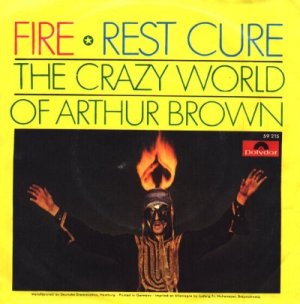
"Fire" is a 1968 song written by Arthur Brown, Vincent Crane, Mike Finesilver and Peter Ker. Performed by the Crazy World of Arthur Brown, it was released as a single and on the band's debut album, also called The Crazy World of Arthur Brown. The single became a transatlantic hit, reaching number one in the UK and Canada and number two in the United States, while hitting the top 10 in markets across Europe.
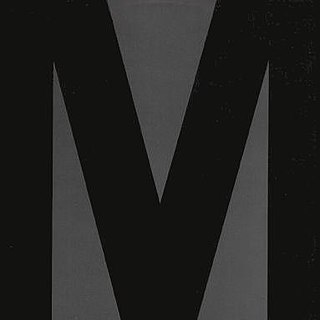
Mean is the fifth and final album by American hard rock band Montrose, released in 1987. It has much more of a glam metal sound than previous Montrose albums. It was the lowest-charting release on Montrose's career, reaching No. 165 on the Billboard 200 in June 1987.

"Lay Down" is a single by the Strawbs which reached No. 12 in the UK Singles Chart in October 1972 - their first hit. It was included on their 1973 album Bursting at the Seams.
Steven Orville Farmer was an American guitarist, composer and lyricist, best known for his composition with Ted Nugent in 1968, "Journey to the Center of the Mind", performed by their group The Amboy Dukes. Farmer wrote the lyrics to the hit song, which peaked at #16 in the charts. He also co-wrote with Nugent, or self composed, 22 compositions on the first three albums by The Amboy Dukes.
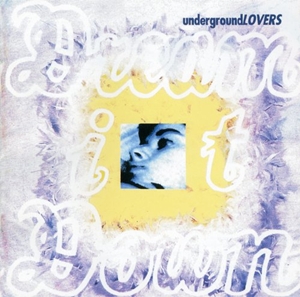
Dream It Down is the third album by Australian indie rock/electronic band Underground Lovers, released in 1994. It was the second and final album released as part of a recording contract with the Polydor label and was named Australian album of the year by Triple J. Two singles, "Las Vegas" and "Losin' It" were taken from the album.

Unfurnished Rooms is the ninth studio album by English band Blancmange, released in 2017. It was produced by Neil Arthur and Benge, and reached No. 40 on the UK Independent Albums Chart.

Phillip Edwin Lionel Shutt, known professionally as Phil Curtis, was an English session musician and bass guitarist known for his work with Arthur Brown, Kiki Dee, Steve Gibbons, Larry Carlton, Chris Rea, Gilbert O'Sullivan, John Morgan, Denny Laine, Steve Marriott, The Bay City Rollers and many others.

Galactic Zoo Dossier is the debut studio album by British rock band Kingdom Come, known as Arthur Brown's Kingdom Come in North America. The album is a departure from the sound of lead singer Arthur Brown's previous band, The Crazy World of Arthur Brown, encompassing acid rock, progressive rock and jazz rock.















